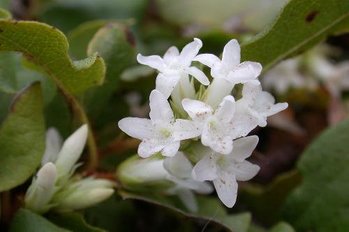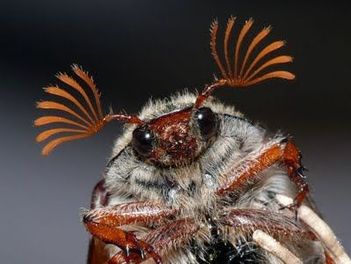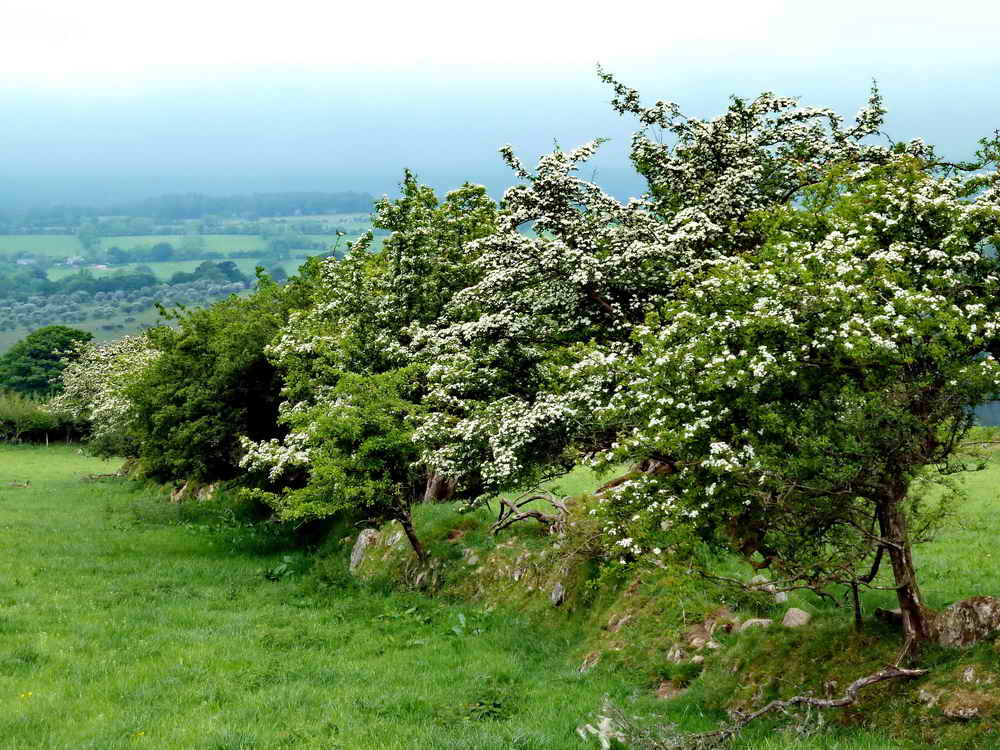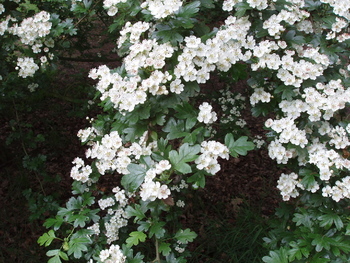|
The word May is thought to come from the Sanskrit 'mah', meaning 'to grow'. Sounds pretty logical to me..! Even the most office-bound of us cannot fail to notice the huge change in the landscape that happens over this month, as the last traces of brown give way to green and the countryside becomes alive with bug, blossom and bloom,,,
 Mayflower. Said to be the first flower that the Pilgrim Fathers saw when they arrived at Plymouth Rock, Massachusetts, this is how Epigaea repens got it's colloquial name. For this reason, it was chosen as the State Flower of Massachusetts. A small, spreading, evergreen shrub, the flowers can be pale pink or white. It is rarely seen outside of its native situation on the East Coast of the US and has been in decline in recent years due to loss of habitat.
1 Comment
|
Categories
All
Polly's PostsIn addition to The Archives
August 2019
Categories |
Proudly powered by Weebly



 RSS Feed
RSS Feed